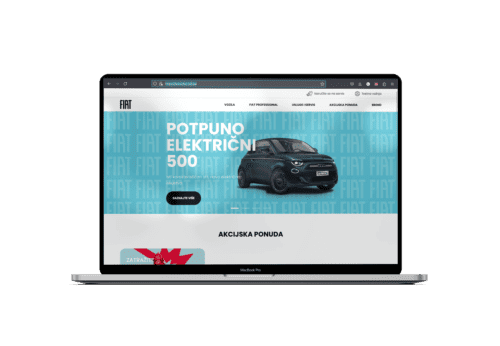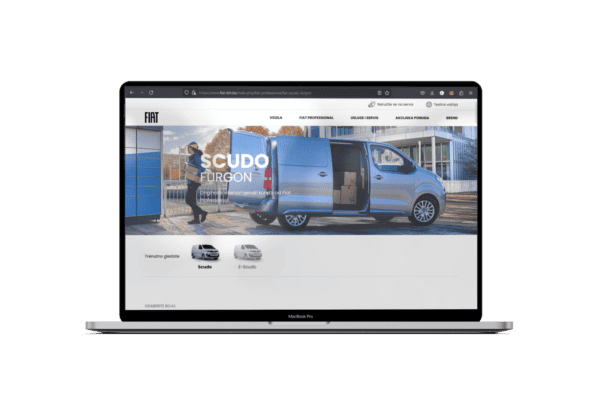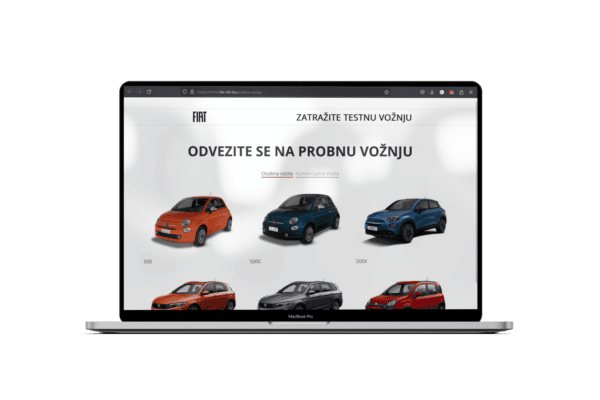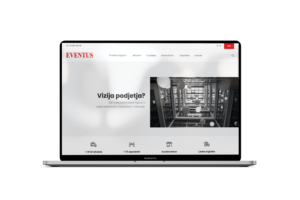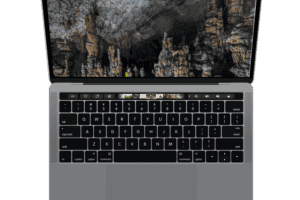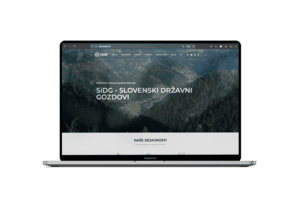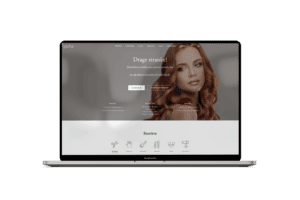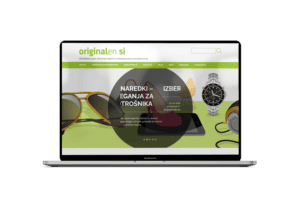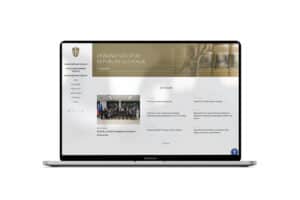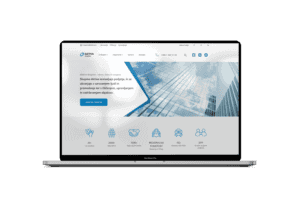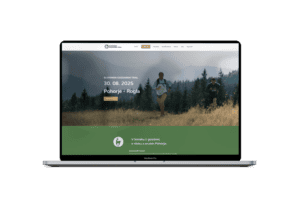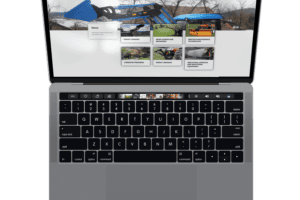ABOUTTHE CLIENT
The acronym F.I.A.T. stands for Fabbrica Italiana Automobili Torino, but the name FIAT means much more. Founded in 1899 and headquartered in Turin, the company has, over the years, become a symbol of Italian technological and creative prowess, forever changing the country and the history of global mobility.
The rich history of the brand has been shaped by the influence of the Agnelli family, the genius and design vision of Dante Giacosa, and the management of Vittorio Valletta. The brand’s recognition was further enhanced by its expansion into the U.S. and Russia, as well as the establishment of a key base in Turin within the industrial complexes of Lingotto and Mirafiori. Above all, the brand has been defined by milestones like the first Fiat 3 1/2 HP, the unforgettable “Topolino,” the iconic 500, and historic mobility landmarks such as the 600, 124, and Panda. For over 120 years, Fiat has been shaping exceptional events, charismatic figures, the story of its logo, and, of course, its cars.
ABOUT THE PROJECT
The Fiat Bosnia and Herzegovina website was created using the Concrete 5 tool. It is a classic company presentation site, for which Concrete 5 is ideal, as it is free and open-source under the MIT software license. Concrete 5 is suitable for both small and large companies.
So, what types of websites can be created with the Concrete tool?
- Online magazines, newspapers, and portals
- eCommerce sites
- Extranet and Intranet networks/portals
- Government websites
- Small business websites
- Nonprofit and non-governmental organization websites
- Church, club, and team websites
- Personal or family homepages
- Marketing-focused corporate websites
- Educational institution websites
Many CMSs (content management systems) are developed by developers for developers. Building and maintaining a website with them can be quite complex and intimidating for someone who doesn’t know how to program. While the editing experience may work, making even basic content changes usually involves working with long web forms in the backend. Adding new features requires technical knowledge and experience. Imagine needing to call a consultant every time you want to write a new Word document. How useful would such a program be?
On the other hand, there are many solutions aimed at the DIY (do it yourself) segment of the market. These tools are great for quickly building small sites. However, some of their assumptions and limitations that make it easy to start and quickly finish a website can later become obstacles, as you cannot scale or adapt the site to new and evolving needs.
With Concrete, you get the best of both worlds. Anyone can launch their website in seconds, and the editing experience is simple—just click on what you want to change and make the change. Developers still have a flexible framework for building complex web applications. With Concrete, you’ll have a website that you can continue to update and refine in the coming years as needed.


